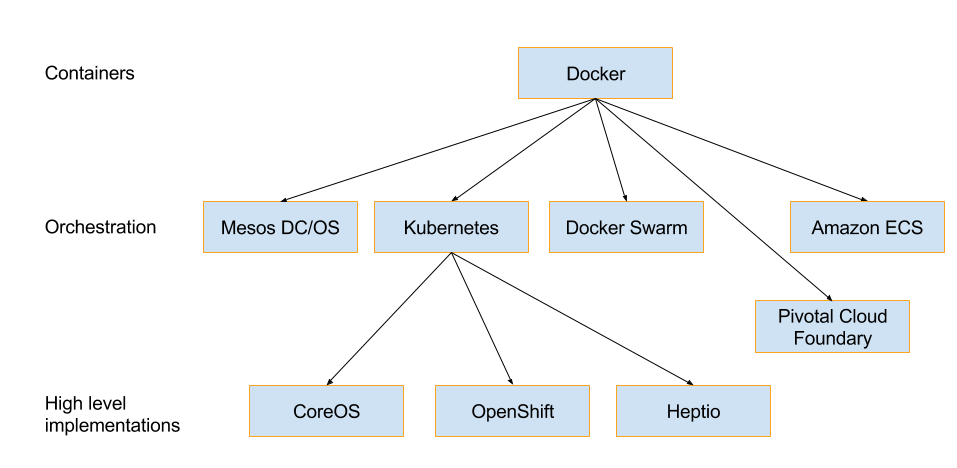Enterprise software used to be slow moving, legacy, safe-playing and conservative in the past. But that era is long gone with the new advancements we have seen in the last 5 to 10 years. This trend of innovation and rapid change will get accelerated during the year 2018. Here are 5 main technology areas that will change the way people build, sell and use enterprise software.
- IaaS to PaaS to FaaS — Maintaining a server infrastructure was challenging even for very large enterprises due to the various levels of expertise needed to maintain it. But this has changed a long way with the introduction of Amazon Web Services (AWS) in 2006 and with their EC2 Infrastructure as a Service (IaaS). All the other cloud vendors followed AWS and offered their own solutions like Microsoft Azure, Google Cloud platform. Then came the next level of cloud computing frameworks, Platform as a Service or PaaS where cloud vendors provide both infrastructure as well as operating systems and a common platform to deploy and run applications developed by users. This reduces the costs within enterprises even further. Amazon and Microsoft has delivered a plethora of platform as a service capabilities through their cloud platforms. Even with PaaS frameworks, users has to run servers in the background when there are no activities from the users and this has costs them an additional amounts for no reason. This is one of the driving factors for next level of abstraction in the cloud which is Function as a Service (FaaS) or Serverless frameworks which allows users to run their applications in the cloud only when there is a user demand. That has hugely reduced the cost for the enterprise users. This trend will keep going during 2018.
- Open source is the new standard — Proprietary, closed source, large software vendors cannot FUD open source solutions any longer. Open source software has become the defacto standard in enterprise software. With more and more people contributing to open source projects, the trust on those projects has been immensely increased within the enterprise. With millions of projects hosted in GitHub, open source projects speaks for their stability and trust within the GH through stars, issues, conversations which are public and fully transparent.
- Containers and Microservices architectures will dig deeper — Containers are all over the place and docker has established as the major container technology. On top of docker, there are several container management software layers developed to make the life easier for application developers. Following diagram showcases the variuos technologies around containers and specifically docker.
- Artificial Intelligence and Deep Learning — The impact which AI can make into software is well understood with the usage of AI in Google and Facebook type of applications. Now it is time to make similar impact on enterprise software with introducing AI into the newly built enterprise software platforms. Deep learning is one step further than AI and it is producing far greater results with increased efficiency and better results within a shorter response times. All the big cloud vendors are investing on their infrastructure to offer enough computing power to the users through services like Google TensorFlow, IBM Watson and Microsoft Cognizant.
- Cyber security and Data protection regulations — Within first 6 months of 2017, there has been more than 6 Billion personal records were exposed through data breaches. They cost millions of dollars to the organizations today and in the future. Trust and confidence are the most important factors in today’s business. 70% of customers reports that they would be less inclined to work with a business that suffered a public disclosure of a data breach. This is the very same reason why there are regulations such as GDPR and PSD2 coming up for protecting the user data within enterprise deployments. This will be a major trend in 2018 with the enterprise software needs to comply with these standards and regulations.
There will be some other topics which will take traction during 2018. Some of them are
- Microservices and Service Mesh
- Internet of Things (IOT)
- UX in enterprise software

Excellent article.This is really very useful to students who are in the software field.Keep going..Thank you for your sharing.
ReplyDeleteThis is amazing and awesome,Thanks for sharing
ReplyDeleteOracle SOA Online Training Bangalore
Thanks for providing your information, keep share AWS Online Training
ReplyDeleteI admire this article for the well-researched content and excellent wording about cloud computing. It's very useful one for beginners. Nowadays cloud engineering services companies helps many organization move digital transformation. Keep share more like this.
ReplyDelete